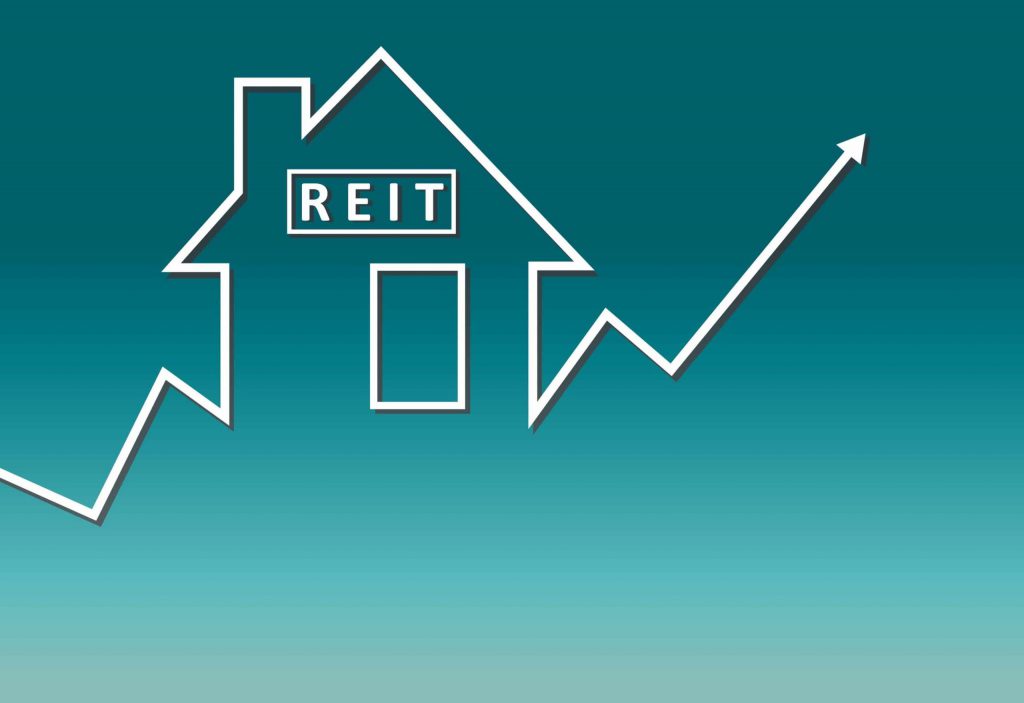With a market capitalization of $8 billion, three office REITs collectively own approximately 100 MSF of space, or about 12.5% of the total office stock.
All metrics of office demand in India are showing positive momentum, and real estate investment trusts are rapidly expanding their portfolios through acquisitions.
When Embassy Office Parks REIT was launched in 2019, it had slightly more than 24 million square feet. In five years, it has increased its completed area by 47%, adding 12 million to 12 million square feet through acquisitions. It now has over 45 million square feet of gross leasable area.
The three office REITs- Embassy REIT, Brookfield India Real Estate Trust, and Mindspace Business Parks REIT– collectively own approximately 100 million square feet of office space, accounting for 12.5% of India’s total office stock, with a market capitalization of $8 billion.
India’s office sector demand is growing by double digits. The monthly rental square foot is approaching the Rs 100 mark. Occupancies have risen to the mid-80s. Most significantly, globally capability centers have focused on India, with approximately 800 GCCs expected to be added over the next 6-7 years, increasing demand for offices.
Acquisitions
Embassy REIT acquisitions have primarily come from its sponsor, the Embassy group, based in Bengaluru, and all of its assets are concentrated in India’s IT capital. Last month, it arrived in Chennai with another acquisition from its sponsor, a 5 MSF business park that will take its total portfolio above 50 MSF. It also has a future development area of 2 MSF.
Brookfield REIT increased its operating area by 47% last year, primarily through acquisitions, and another 16% increase is expected following an acquisition announced last week.
In FY24, it acquired 6.5 million square feet of space in the National Capital Region and Mumbai, and it plans to add another 3.3 million square feet by purchasing Bharti Enterprises’ 50% stake in a joint venture with its parent entity Brookfield. The REIT has the first right to offer the remaining stake, while other properties developed by Bharti Realty in Delhi are potential acquisition targets.
Its parent, Brookefield, owns 54 million square feet of office space in India, which serves as an opportunity pipeline for the REIT.
Last year, Mindspace REIT made two small acquisitions in Chennai and Pune, while also developing a mixed-use asset for its sponsor in Mumbai. It also has the right to first offer on other assets that its sponsor owns. Its sponsor, K Raheja Corp, has approximately 15 million square feet of pipeline in the form of completed or in-development assets. This presents a potential growth opportunity for the REIT since it’s also looking into third-party assets.
According to a recent CREDAI-CRE Matrix report, office demand will exceed 70 million square feet by 2024, due to the government’s emphasis on manufacturing expansion and investing in digital and physical infrastructure. Each of these is expected to boost office absorption and create new opportunities for REITs.

